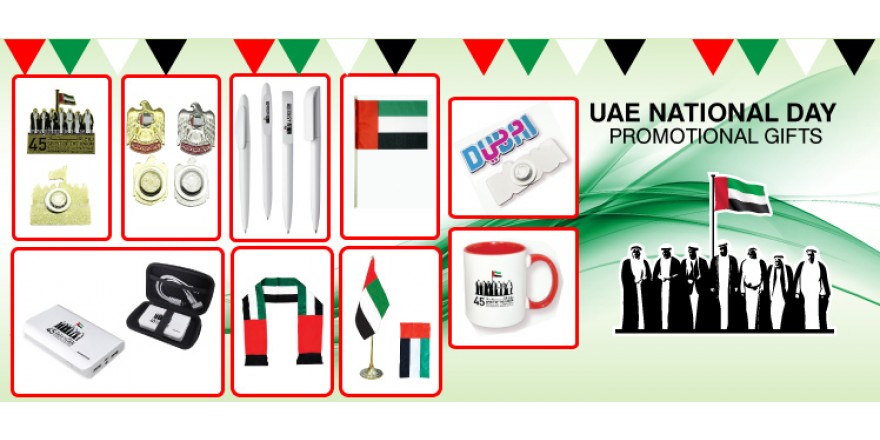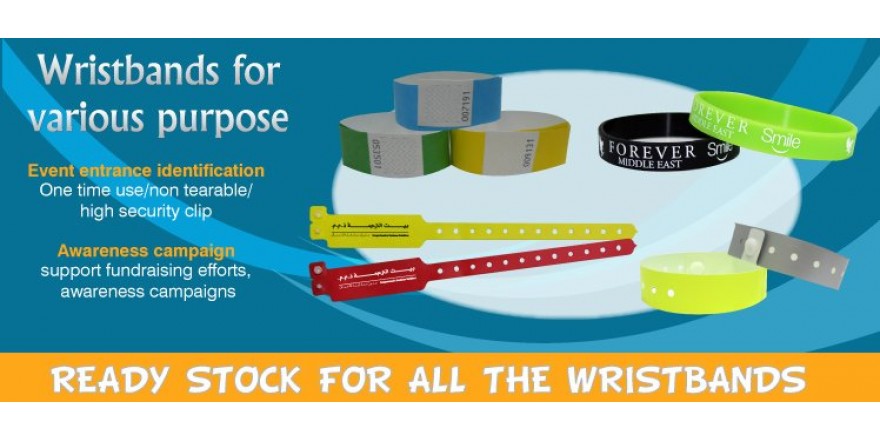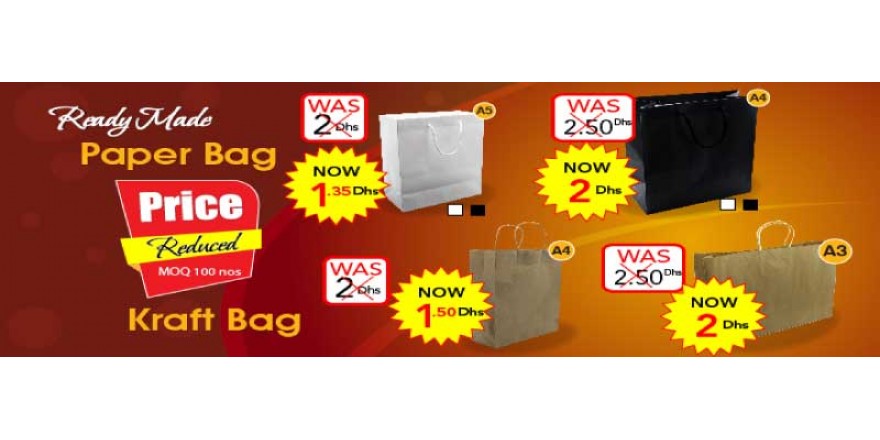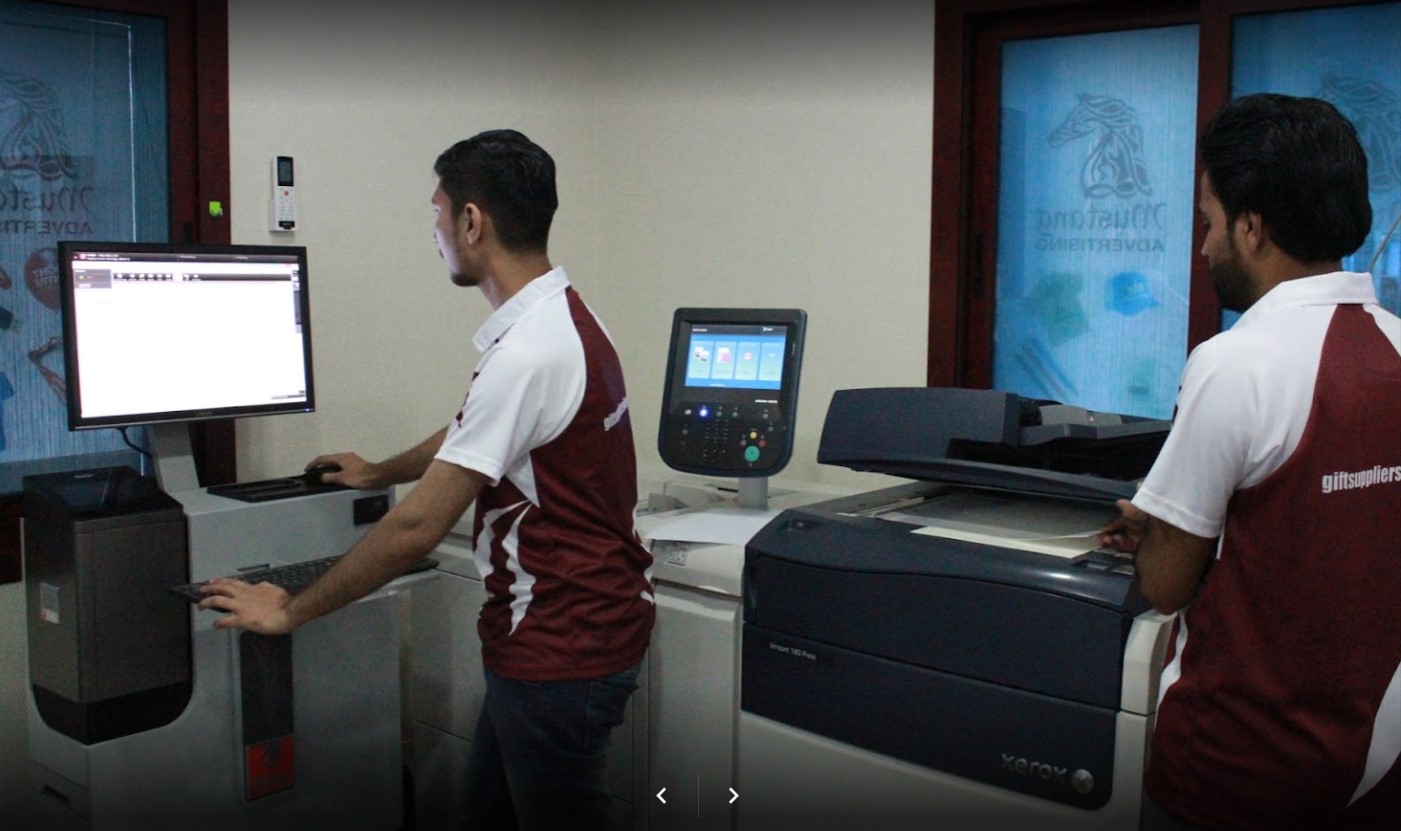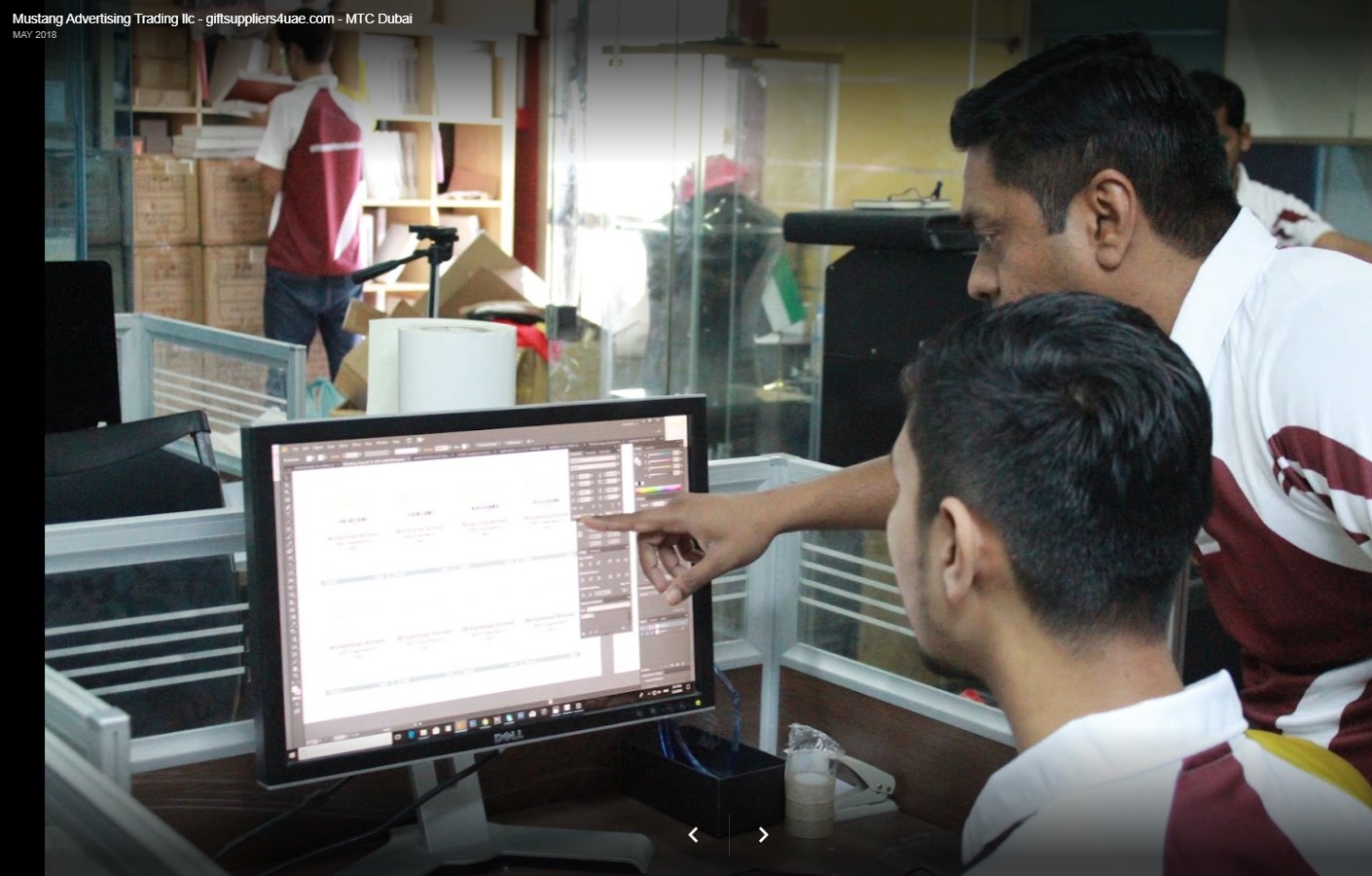
You might be wondering what exactly is direct to garment printing. Is it as uncomplicated as it sounds, just putting ink directly onto a garment or substrate?
What makes direct to garment printing different?
Direct to garment printers, also known as DTG printers or inkjet-to-garment printing, direct to garment printing is simply printing digital images from a computer onto a textile substrate with a specially designed inkjet printer.
That might seem a little basic, but there are certain advantages and ideal uses for the direct to garment printer process.
Direct to garment printers have many benefits:
* There are no setup costs, as compared to screen-printing. Direct to garment printers are essentially a push button operation. Start it up, let it warm up and you are ready to go.
* Small orders and one-offs print at a reasonable price.
* Print images on direct to garment printers are highly accurate and detailed.
* Unlike screen-printing, direct to garment printer shops do not have to charge by the color, so full-color printing is extremely affordable.
* Direct to garment printer inks attach directly to fibers, with a superb hand that almost feels like part of the fabric.
What are the best jobs to use direct to garment printers?
* One-offs or small quantities
* Highly detailed prints with gradients, shading, or various colors
The direct to garment printer process
The main feature of direct to garment printers is that they are less complicated than what you normally expect. Many people are surprised with the complicated images that render so accurately on something as soft as a T-shirt or fleece hoodie.
Direct to garment can be best likened to at-home inkjet printers, except textile substrates replace paper. Like an at-home printer, direct to garment printer need no set up for different jobs, and still render millions of colors.
Mustang Trading llc the leading gift supplier in uae has invested in a GTX Direct to Garment printer in dubai UAE from Brother are engineered for textile printing. Formulated to print directly to textile and other material substrates, they can produce complex photo-realistic designs!
Because of the challenges of printing on textiles, direct to garment printer inks can be expensive. For darker garments, an underbase of white ink is needed below the colors of the design. This base layer ensures that colors look the way you intended.
.
Translating colors from the digital image into DTG Ink for direct to garment printers onto a substrate depends on the CMYK color reproduction. CMYK is cyan, magenta, yellow and the dominant color black.
This type is known as four-color processing since it uses combinations of the four basic ink colors, usually applied in the order in they are named in the acronym. This process can simulate all the colors in the digital design.
DTG Inks bind to the fiber of the garment. This is why a fibrous material, such as 100 percent cotton, is better than polyester on direct to garment printers, which is extremely smooth.
Examine more concerning Adornments Appliance.
Compare direct to garment printers to Screen-printing
Screen-printing is expensive and labor-intensive, especially with setup.
Direct to garment printers have almost no setup at all. That makes DTG printers much more cost effective for one-offs and smaller orders (up to about 100 garments). With screen-printing, several garments need to be in a minimum order, to make up for setup costs.
With screen-printing, after setup, cost of screen-printing can be less than direct to garment printer designs. However, screen-printing does not reproduce the accuracy or the range of colors of DTG. Screen-printing also uses a variety of different types of ink, such as metallic or glow-in-the-dark.
Compare direct to garment printers to Heat Transfer Printing
Heat transfers use heat with pressure to bond ink on the surface of a substrate, whereas DTG binds directly to a fabric’s fibers and does not need the heat component, except to dry the ink.
Direct to garment printers provide a much better quality product than heat transfers.
Compare direct to garment printers to Dye Sublimation
Direct to garment printers and dye sublimation are both types of digital printing, so they each convert digital images from computer to the substrate of a garment. Dye sublimation uses heat to transform ink from solid directly to a gas, bypassing the liquid form of DTG Inks. Heat creates the gas that infuses the substrate’s fibers, so they can print on polyester that direct to garment printers can only do with proper pretreatment.
Mustang trading LLC is the leading gift supplier in Dubai - UAE providing Direct-to-garment printing in dubai - UAE with delivery to all GCC countries. No minimum printing . Order Your tshirt priitnting from us toay.

